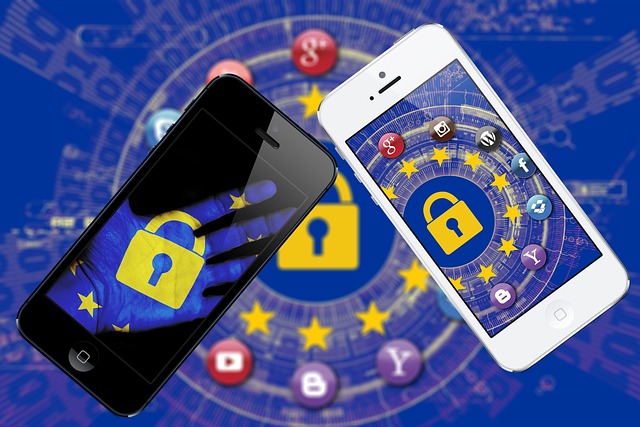The hybrid work world has transformed the landscape of how we perceive professional life. As more organizations adapt to the combination of remote and in-office work, navigating this new environment requires an understanding of both technology etiquette and the evolving social trends that accompany such changes. With technology serving as the backbone of hybrid workspaces, the way we engage with our colleagues, clients, and even ourselves is constantly under scrutiny.
In a hybrid work world, technology etiquette is essential. It’s no longer just about showing up on time for meetings or sending emails promptly; it extends into the realm of digital interactions. For instance, using video conferencing tools like Zoom or Microsoft Teams has become the norm. However, etiquette dictates that individuals should be aware of their backgrounds, minimize distractions, and ensure they maintain eye contact, even through a screen. Simple acts like muting oneself when not speaking or being mindful of background noise demonstrate respect for others’ time and focus. Rather than just a tech-savvy approach, these practices contribute to a healthy, collaborative work culture.
Moreover, embracing social trends in a hybrid work world means recognizing the shifting dynamics of workplace relationships. In an environment where spontaneous conversations and casual interactions are often minimized, we must find new ways to build rapport and stay connected. Social media platforms, workplace chat apps, and scheduled virtual coffee breaks have become vital in sustaining camaraderie among team members. A simple check-in message can go a long way in fostering relationships that might otherwise dwindle during remote work periods.
As we move forward, it’s important to acknowledge the changing expectations that come with these social trends. Colleagues may prefer more flexible communication styles or varied working hours, emphasizing the need for mutual understanding and adaptability. An effective hybrid work world hinges not only on technology proficiency but also on our ability to appreciate and adapt to these shifts in social interactions. Cultivating this awareness helps build a more inclusive environment where everyone feels valued, regardless of their work location.
Furthermore, the concept of “work-life balance” has evolved significantly in the hybrid work world. Many people now prioritize their mental health and personal time more than ever. This shift compels organizations to recognize and support this important aspect of their employees’ lives by offering flexible schedules or mental health resources. Understanding these social trends can lead to a more engaged workforce that feels empowered to perform at their best, irrespective of their physical workspace.
In summary, navigating the hybrid work world presents a unique set of challenges and opportunities. By honing our technology etiquette skills and remaining attuned to the social trends surrounding us, we can create a more collaborative and respectful work environment that values both productivity and personal well-being. Embracing this dynamic might just be the key to thriving in a landscape that continuously evolves.




